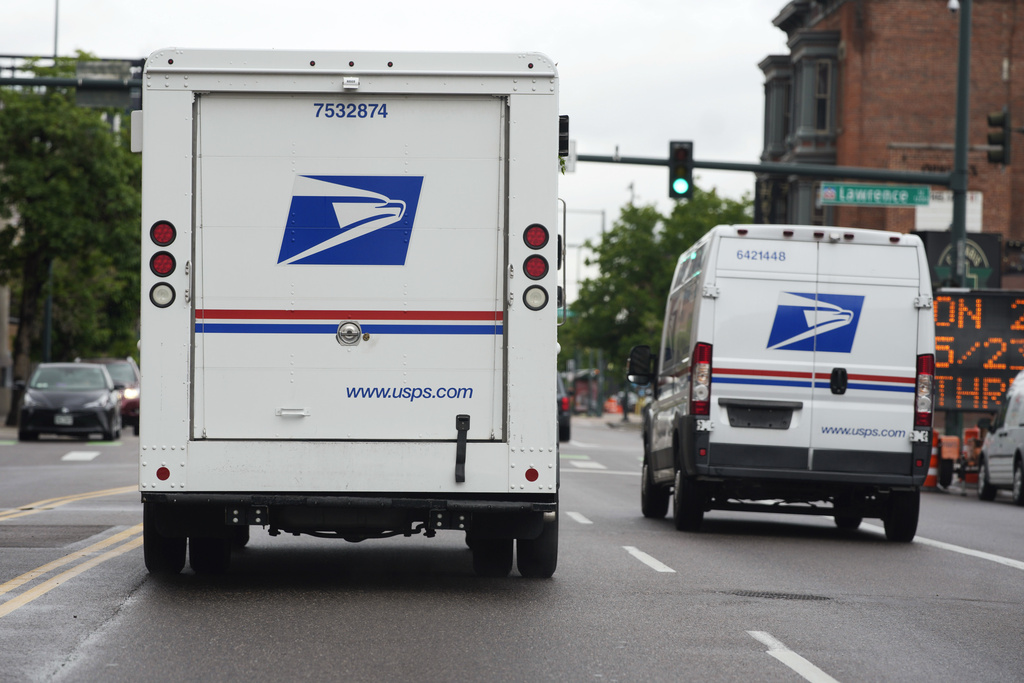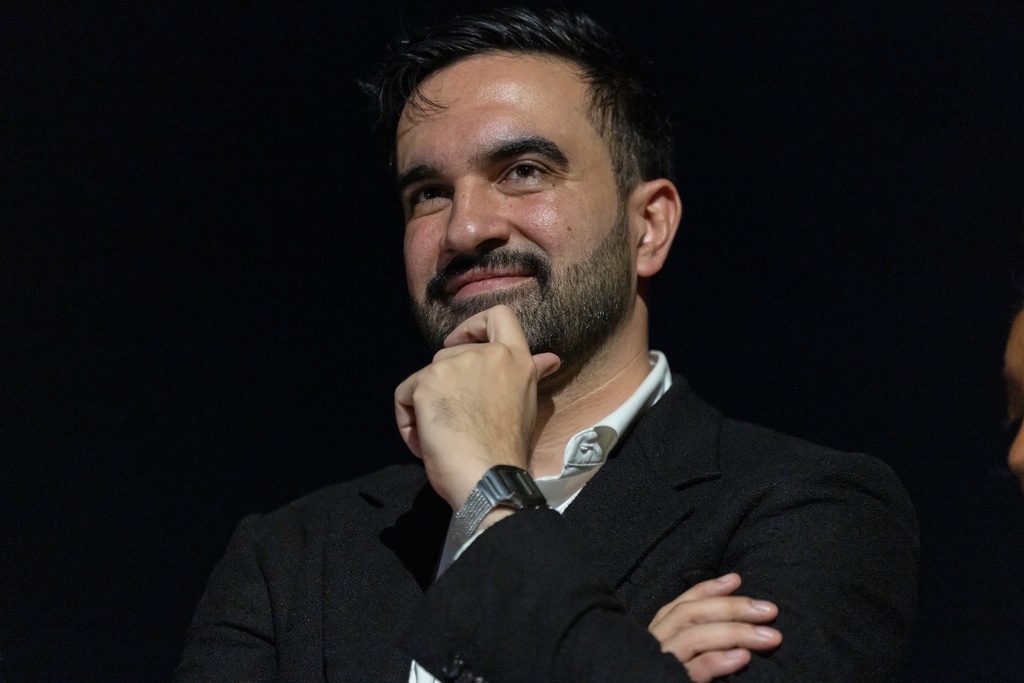Anyone looking to party hard into the new year on Dec. 31 will have an extra second to celebrate.
It's called a leap second, and we can blame the Earth for its existence.
International timekeepers calculate time in two ways: by Earth's rotation and by a standard length of a second based on atoms.
That second one is called atomic time, and it determines the time on electronic devices like cellphones and laptops.
But the two time-keeping measures aren't always in sync since the Earth's rotation slows down by about 2 milliseconds each day.
So about every 500 days, we pause atomic time for one second so the Earth can catch up.
The last leap second was added June 30, 2015.
While it's only an extra second, recalibrating atomic time can create major challenges for tech users.
After previous leap seconds, Twitter couldn't accurately say when tweets were posted, Reddit and LinkedIn crashed, and hundreds of flights were grounded after airline check-in systems stopped working.
If leap seconds weren't added, the difference between astronomical time and atomic time in 1,000 years would be around 17 minutes.
So relish that extra second on New Year's Eve. Just know you might have difficulties tweeting about it afterward.




 The History Behind New Year's Eve's Biggest Party
The History Behind New Year's Eve's Biggest Party






